Burns Weight Control Adult/Senior Dry Dog Food – Chicken & Oats
$42.39 Original price was: $42.39.$29.67Current price is: $29.67.
- The best quality products, always.
- The Quality Choice for Smart Shoppers
- 100% Quality Satisfaction
- Fast and Secure Payments

The Weight Control Chicken & Oats is ideal for overweight dogs. It can be used as a general maintenance diet for hungry dogs or dogs that tend to gain weight easily. Naturally high in fibre and made with wholegrain oats it gives a steady release of energy which can help dogs to feel fuller for longer.
Proudly funding community projects since 2006.
Pet Product Marketing Retailer Recommended Awards 2022 WINNER Dry Dog Food of the Year.
Pet Product Marketing Retailer Recommended Awards 2023 WINNER Eco Brand of the Year.
Composition: Oats (55%), brown rice (18%), chicken meal (17%), peas, chicken oil, seaweed, minerals.
Analytical Constituents: Calories: 319Kcal, Crude Protein: 18.5%, Crude Fat: 7.5%, Crude Fibre: 7.5%, Crude Ash: 6.5%, Total Sugar: 0.7%, Starch: 40.6%, Copper: 17mg/kg, Sodium: 0.17%, Calcium: 1%, Phosphorus: 0.70%, Magnesium: 0.13%, Potassium: 0.55%, Omega-6 Fatty Acids: 2.07%, Omega-3 Fatty Acids: 0.21%.
Nutritional Additives (per kg):
Vitamins: Vitamin A: 25000 IU, Vitamin D3: 2000 IU, Vitamin E: 100 IU, Taurine: 1000mg.
Trace Elements: Copper (Copper (II) Chelate Of Amino Acids Hydrate): 12mg, Iodine (Calcium Iodate Anhydrous): 1mg, Manganese (Manganous Chelate Of Amino Acids Hydrate): 20mg, Zinc (Zinc Chelate Of Amino Acids Hydrate): 50mg, Selenium (3b8.11, Selenised Yeast Inactivated): 0.2mg.
Technological Additives: Antioxidants (Mixed Tocopherols).
Burns Dog Food Daily Feeding Amount
Feeding Guide for Adult Foods
| Weight of dog | g/day | oz/day |
|---|---|---|
| 1-5 kg | 25-50 | 1-2 |
| 5-10 kg | 50-100 | 2-4 |
| 10-20 kg | 100-200 | 4-8 |
| 20-30 kg | 200-300 | 8-12 |
| 30-40 kg | 300-400 | 12-16 |
| 40-50 kg | 400-450 | 16-18 |
Feeding The Correct AmountFeeding Guide – Puppies & Growing Dogs:
| Weight of dog | g/day | oz/day |
|---|---|---|
| 1-5 kg | 50-100 | 1-2 |
| 5-10 kg | 100-200 | 2-4 |
| 10-20 kg | 200-300 | 4-8 |
| 20-30 kg | 300-400 | 8-12 |
Mini Bites – Toy Breed Adults
| Weight of dog | g/day | oz/day |
|---|---|---|
| 1-5 kg | 50-100 | 1-2 |
| 5-10 kg | 100-200 | 2-4 |
It is important to remember however that these figures are guidelines only, and there are several factors to be taken into account when assessing your pet’s nutritional requirements:
- Activity level
- Temperament (stressed animals burn off more calories than relaxed ones)
- Metabolism (every animal is an individual with his or her own speed of metabolism; this means that 2 dogs of the same age, breed and weight could have different daily calorie requirements)
In order to provide the correct portions when feeding your dog or cat, it is also helpful to assess your pet’s appetite, visual appearance and stools. Whilst poo watching does not sound particularly pleasant, it is one of the best indicators of health. Increased frequency of passing faeces, production of large quantities of stools of loose motions are often frequent signs that an animal is receiving more food than he or she requires.
It is important to obtain an accurate weight for your cat or dog, and also to weigh out the food. Guessing on both accounts gives a large margin of error.
Changing Food Brands
For a successful diet change, we recommend following the feeding pattern below. The daily feeding amount should be split into two equal amounts and the proportions of new food increased over the first week as illustrated.
TOP TIPS: For those dogs who do not make eating a priority, here are some additional points:
– Reduce the number of tit-bits given during the introductory period
– If your dog has been used to eating wet food, moisten with warm water.
| DAY 1-2 | 75% Original Diet |
|---|---|
| 25% New Food | |
| DAY 3-4 | 50% Original Diet |
| 50% New Food | |
| DAY 5-6 | 25% Original Diet |
| 75% New Food | |
| DAY 7 | 100% New Food |
| options | 2kg – Chicken & Oats, 6kg – Chicken & Oats, 12kg – Chicken & Oats |
|---|
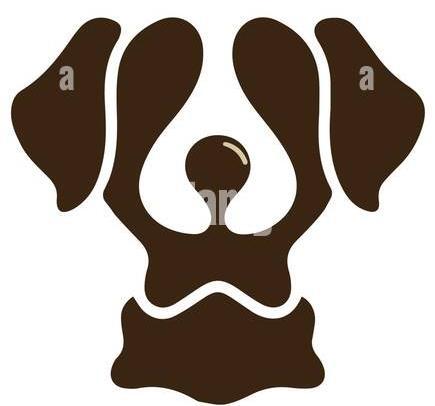
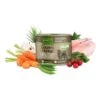
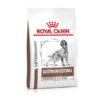


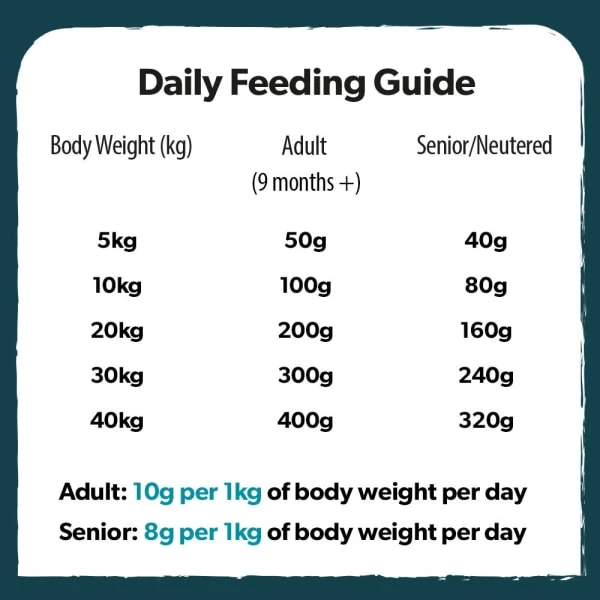





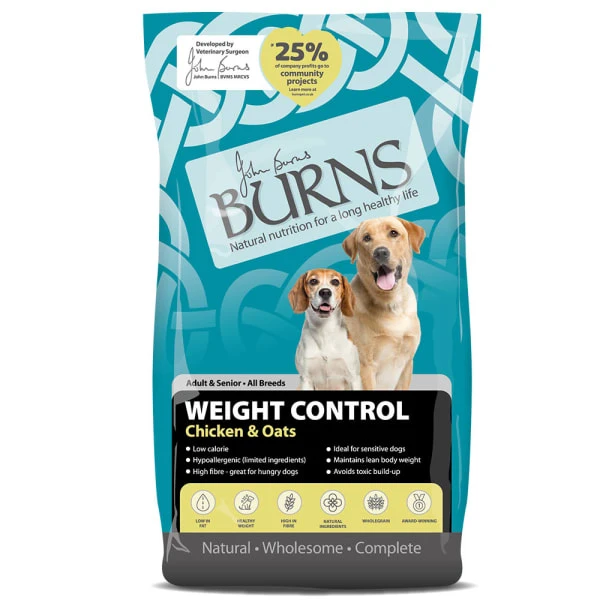

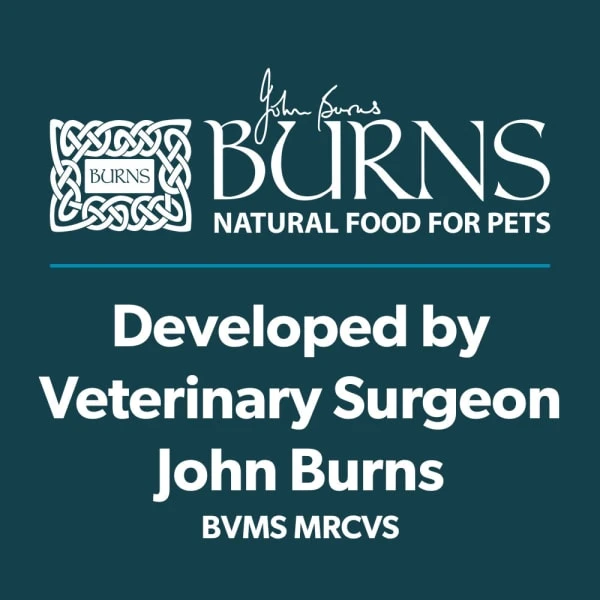

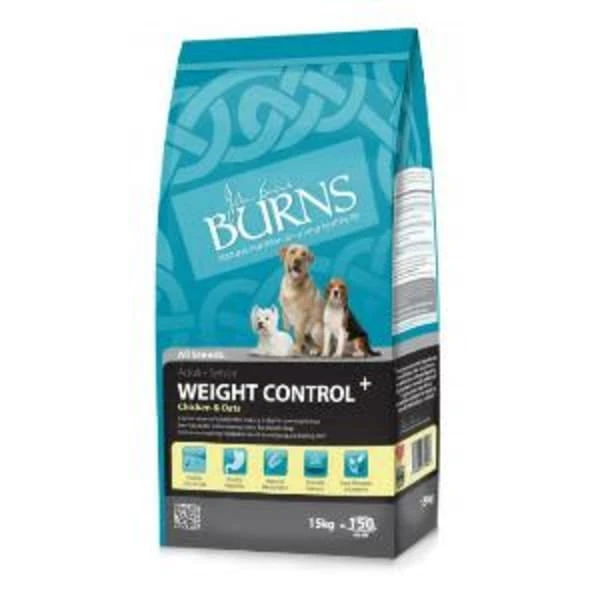


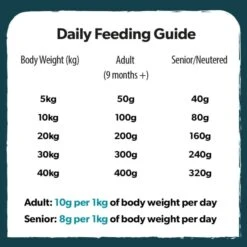




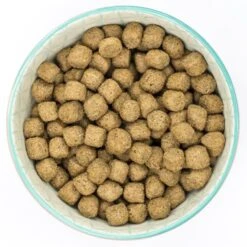


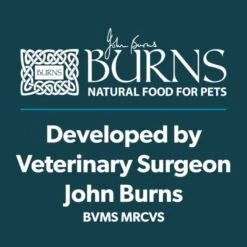
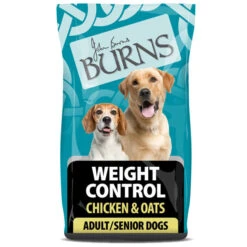


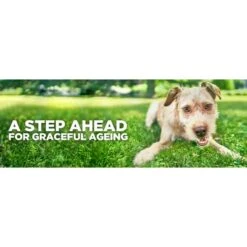
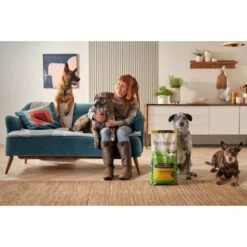
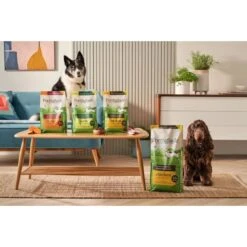
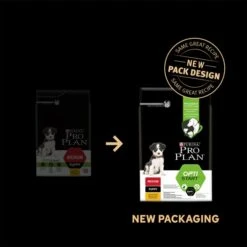
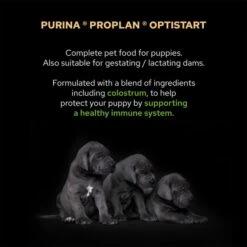

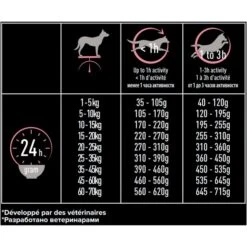
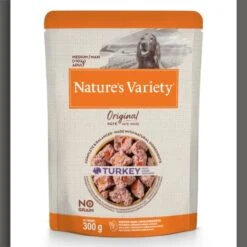
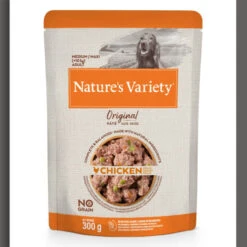
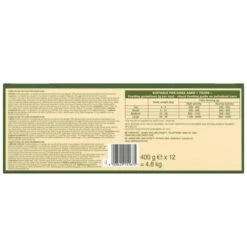
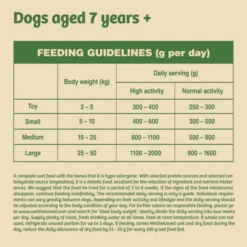

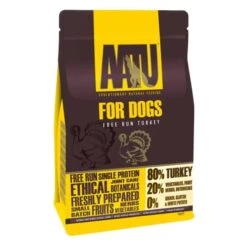
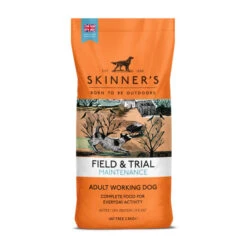
Reviews
There are no reviews yet.